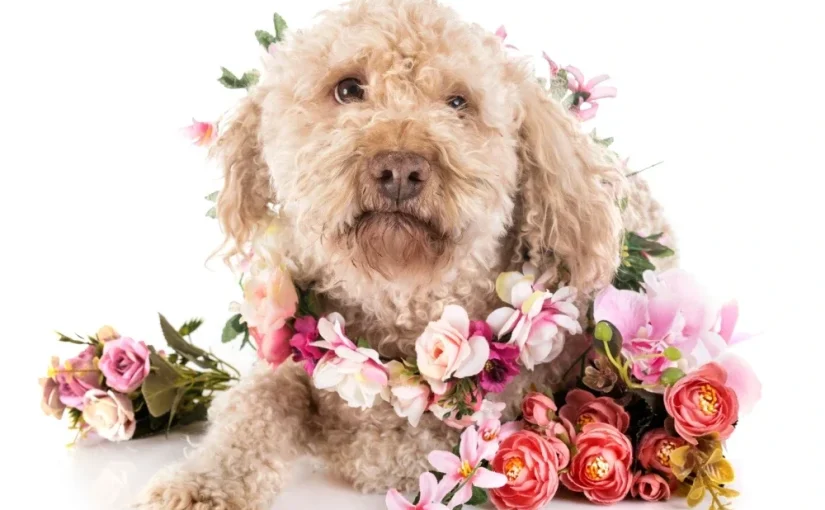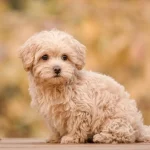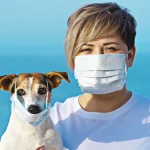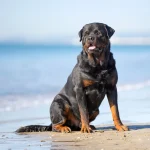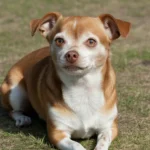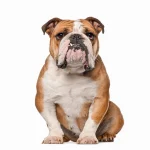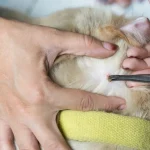Are you one of the many dog lovers who suffer from allergies but still dream of having a furry companion? If so, you’re not alone. Many people look for Hypoallergenic Dog Breeds that won’t trigger sneezing fits, itchy eyes, or worse. While no dog is completely free of allergens, some breeds produce fewer allergens and are more tolerable for allergy sufferers. Let’s explore the best options, tips for care, and what you need to know to choose the right dog for your lifestyle and health needs.
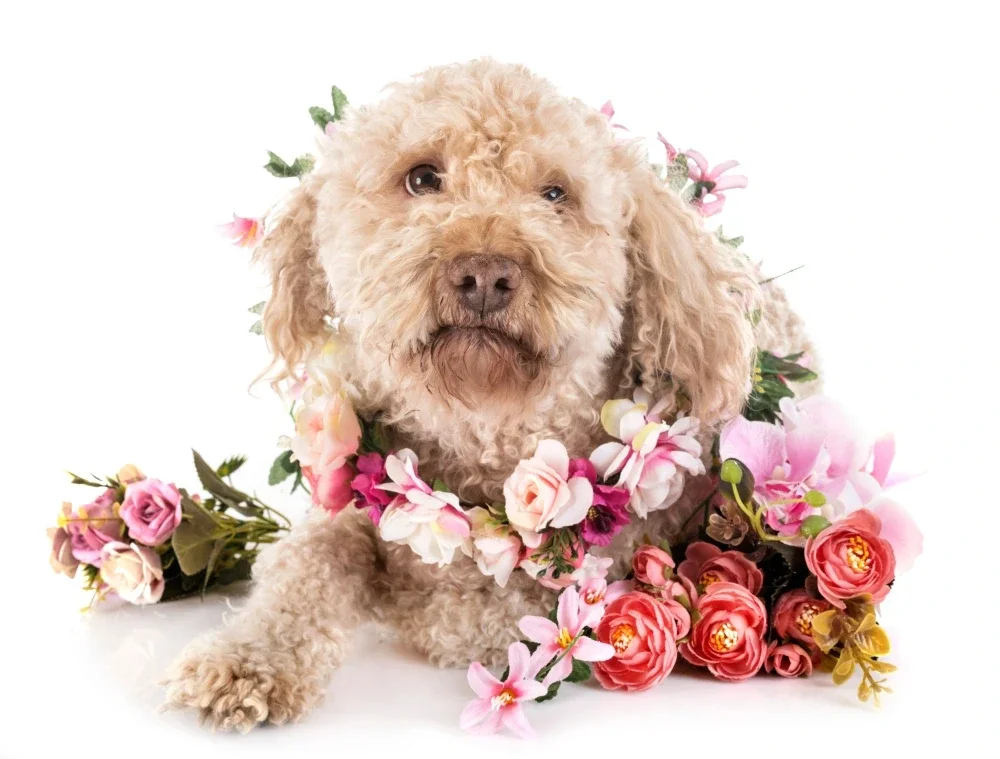
Content
Understanding Hypoallergenic Dog Breeds
When we talk about Hypoallergenic Dog Breeds, we refer to dogs that are less likely to cause allergic reactions. These breeds typically shed less hair and produce less dander—the tiny, often microscopic flecks of skin that can cause allergies. While dander is the most common allergen, dog saliva and urine can also contribute to allergic reactions.
It’s important to remember that Hypoallergenic Dog Breeds are not a cure for allergies. However, choosing the right breed can significantly reduce allergic symptoms and allow you to enjoy pet ownership with fewer health concerns.
Top Hypoallergenic Dog Breeds To Consider
Here are some of the Best Hypoallergenic Dog Breeds that allergy sufferers frequently choose:
- Poodle (Toy, Miniature, Standard) – Known for its intelligence and curly, non-shedding coat.
- Bichon Frise – A cheerful, fluffy breed that’s easy to train and tolerable for many allergy sufferers.
- Portuguese Water Dog – Energetic and great for active families; their dense coat holds less dander.
- Shih Tzu – Surprisingly one of the best Hypoallergenic Small Dogs, despite their long coat.
- Basenji – Known as a bark-less dog with short hair, ideal for those looking for Low-Maintenance Hypoallergenic Dogs.
- Giant Schnauzer – A bold, loyal companion and one of the more robust Large Hypoallergenic Dog Breeds.
- Xoloitzcuintli (Mexican Hairless) – A rare, ancient breed that is one of the few Rare Hypoallergenic Dog Breeds.
Each breed offers its own personality traits and care requirements, so choosing one depends on your living space, activity level, and lifestyle preferences.
What Makes a Dog Hypoallergenic?
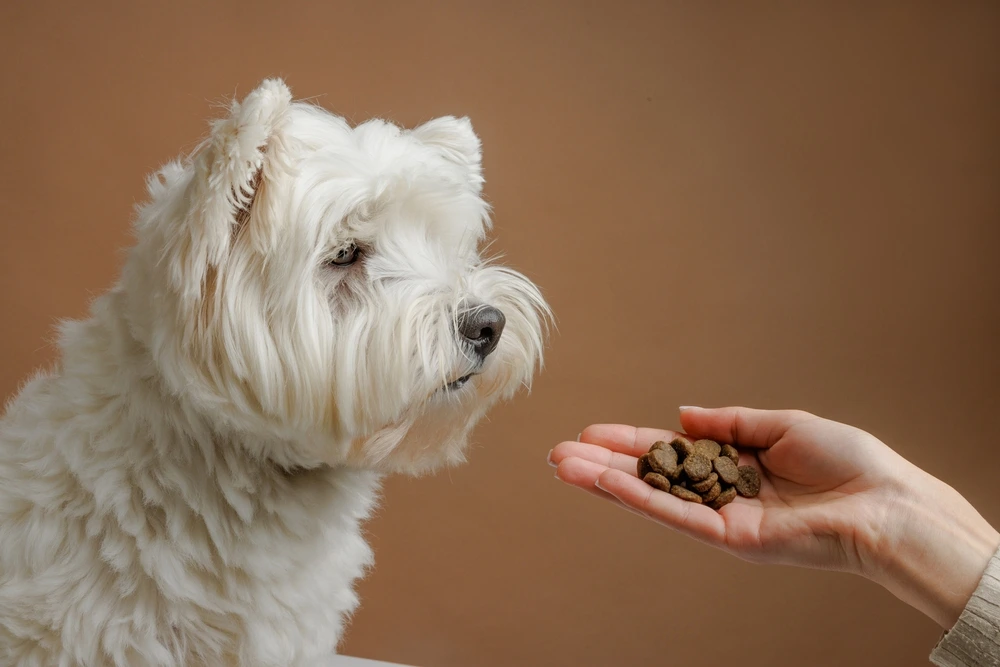
The main factors that contribute to a dog being considered hypoallergenic include:
- Minimal Shedding: Dogs that don’t shed much are less likely to spread allergens around your home. These are typically Non Shedding/Hypoallergenic Dogs that make maintenance easier.
- Tight or Curly Coats: Dogs with tight curls tend to trap dander, which can be washed away during regular grooming.
- Less Saliva Production: Some dogs produce less saliva, reducing exposure to allergens in kisses and licks.
Grooming and bathing are critical for keeping allergen levels low. Brushing your dog frequently and using specially formulated Hypoallergenic Dog Food can also support skin health and reduce dander.
Tips For Living With a Hypoallergenic Dog
Even with Hypoallergenic Dog Breeds, it’s essential to manage your environment to stay healthy:
- Use HEPA air filters in rooms where your dog spends the most time.
- Vacuum frequently using a cleaner with a HEPA filter to capture pet hair and dander.
- Bathe your dog regularly with vet-approved shampoos designed for Non Shedding/Hypoallergenic Dogs.
- Feed high-quality Hypoallergenic Dog Food to minimize allergic reactions and support coat health.
If you’re not ready for high grooming needs, stick with Low-Maintenance Hypoallergenic Dogs that require minimal brushing and bathing.
Small and Large Options Available
Whether you’re in an apartment or a spacious house, there’s a perfect hypoallergenic companion for you. Hypoallergenic Small Dogs like the Maltese or Yorkshire Terrier are ideal for compact living spaces. Meanwhile, if you’re looking for Large Hypoallergenic Dog Breeds, consider the Afghan Hound or Irish Water Spaniel, both of which combine size with allergy-friendly coats.
Rare Hypoallergenic Breeds Worth Considering
If you’re looking for something unique, there are Rare Hypoallergenic Dog Breeds that offer both charm and low allergen levels. The Lagotto Romagnolo, for instance, is a truffle-hunting breed with a curly, water-resistant coat that’s ideal for allergy-sensitive homes.
Another rare option is the Peruvian Inca Orchid—a mostly hairless breed that’s both elegant and extremely low-maintenance when it comes to shedding and allergens.
Conclusion
Owning a dog when you have allergies is not only possible—it can be a joyful, fulfilling experience. By selecting the right Hypoallergenic Dog Breeds, feeding them Hypoallergenic Dog Food, and maintaining proper grooming, you can significantly reduce allergic reactions and live comfortably with your furry companion.
Whether you’re seeking Low-Maintenance Hypoallergenic Dogs, curious about Rare Hypoallergenic Dog Breeds, or in search of Hypoallergenic Small Dogs or Large Hypoallergenic Dog Breeds, there’s a perfect match out there waiting for you. Take the time to research, meet the dogs, and prepare your home for a healthy, sneeze-free future.
If you’re interested in athletic and energetic breeds, don’t miss our detailed guide on the German Shorthaired Pointer.
FAQs
What is the most hypoallergenic dog?
The Poodle is often considered the most hypoallergenic due to its tightly curled coat and minimal shedding.
What breed of dog is best for allergy sufferers?
Breeds like the Bichon Frise, Portuguese Water Dog, and Maltese are among the best for allergy sufferers.
Is any dog 100% hypoallergenic?
No dog is completely hypoallergenic, but many breeds produce fewer allergens and are more manageable for people with sensitivities.
Does hypoallergenic mean no shedding?
Not necessarily. Hypoallergenic means the dog is less likely to cause allergic reactions, which often includes low or minimal shedding but not always zero.

Meet Max, the dog’s best friend. He’s a pup-loving pro, sharing tips on training, grooming, and adventures with our four-legged companions.
